Meta Platforms Inc. (NASDAQ: META), formerly known as Facebook, is currently trading at $521.12 per share. While the stock is up 4.25% over the past year, it remains 30% below its all-time high of $736, seen in mid-February.
In this analysis, we will review Meta’s latest financial results and apply multiple valuation models, including:
- Discounted Free Cash Flow (DCF)
- Comparable Company Model
- Dividend Discount Model (DDM)
- Ben Graham Formula for Intrinsic Value
These models will help determine whether Meta is undervalued, fairly priced, or trading at a premium.
Meta’s Financial Snapshot
Meta boasts a market capitalization of $1.3 trillion and a P/E ratio of 21.6, which is significantly below the S&P 500 average of 27, potentially signaling a buying opportunity.
- Earnings Per Share (EPS): $24.13
- Beta: 1.28 (More volatile than the market)
- Analyst Price Target: $740 (Suggesting significant upside)
Meta recently introduced a dividend, offering a yield of 0.39% ($24 per share). The company’s dividend payout of $4.5 billion constitutes 7% of net income and 8% of free cash flow, indicating a sustainable dividend policy.
Revenue and Profitability Growth
Meta has reported record-high financial results, further reinforcing its strong fundamentals:
- Annual revenue: $164.5 billion (All-time high)
- Quarterly revenue: $48.3 billion, +21% YoY
- Net income: $62.32 billion (All-time high)
- Free cash flow: $54.07 billion, a significant increase
- Operating cash flow vs. Capex: Operating cash flow is at record highs, despite growing capital expenditures
Meta continues share buybacks, rewarding shareholders by reducing the number of outstanding shares.
Key Business Segments
Meta's revenue is primarily driven by digital advertising, supported by its family of apps (Facebook, Instagram, Messenger, WhatsApp) and Reality Labs, which focuses on VR and AR technologies.
- Advertising revenue: $46.7 billion, up from $38.7 billion last year
- Reality Labs revenue: $2.1 billion, but operating losses remain high ($17.7 billion in losses)
Meta’s daily active users stand at 3.35 billion, reflecting a 5% increase, while ad impressions and pricing also saw steady growth.
Valuation Models & Price Targets
To determine Meta’s fair value, we applied multiple valuation models:
Discounted Free Cash Flow (DCF) Model
DCF valuations estimate Meta’s intrinsic worth based on future cash flow projections:
- Base valuation: $450 per share
- Adjusted valuation (8.5% WACC): $560 per share
- Fair value after revenue and margin adjustments: $553 per share
- DCF suggests Meta is slightly undervalued at current prices
Dividend Discount Model (DDM)
While Meta just introduced its dividend, it has shown a 5% increase in payouts. This model will become more relevant in future years, once dividend growth stabilizes.
Ben Graham Formula for Intrinsic Value
Applying Graham’s conservative methodology:
- Growth rate at 14.66% suggests a fair valuation of $460 per share
- Meta appears slightly undervalued but not a strong buy under Graham’s criteria
Comparable Company Model
Meta was benchmarked against:
- Apple (AAPL)
- Microsoft (MSFT)
- Amazon (AMZN)
- Alphabet (GOOGL)
Across key valuation multiples, Meta ranks among the cheaper tech giants:
- Lowest price-to-earnings (P/E) ratio
- Lowest forward P/E ratio
- Highest profit margins (38%)
- Fair valuation estimate based on competitors: $580 per share
- Versus Microsoft & Apple: $600 per share
Meta appears undervalued relative to its competitors, reinforcing its attractiveness for long-term investors.
Final Verdict: Buy, Hold, or Sell?
Meta exhibits strong fundamentals, with record-breaking free cash flow, solid profitability, and steady revenue growth. Despite a 30% decline from its peak, valuation models suggest Meta may be undervalued relative to its intrinsic worth and competitors.
- Long-term investors: Meta remains a solid buy, given its profitability and leadership in digital advertising.
- Value investors: Meta is attractive, especially compared to its big-tech competitors like Apple and Microsoft.
- Growth investors: Meta continues innovating, particularly in AI and VR, making it a promising long-term bet.
While volatility remains, Meta presents an appealing buying opportunity, particularly for investors looking for undervalued big-tech stocks.
Final Thoughts
Meta remains one of the strongest players in tech, backed by robust free cash flow and continued advertising revenue expansion. At $521 per share, it offers upside potential, particularly for investors comparing it to competitors.
https://youtu.be/pH2g98PPJrk?si=so0ytaKCVusz2Jid












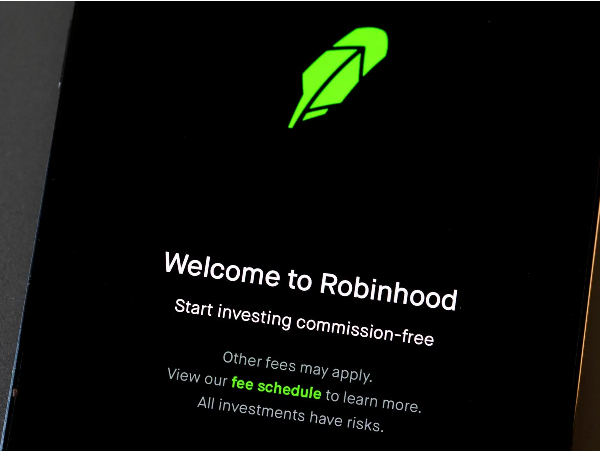
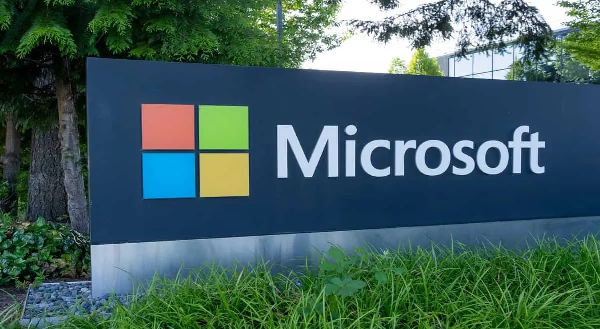

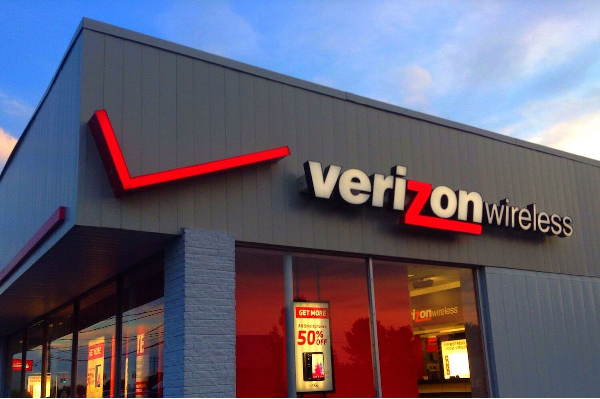
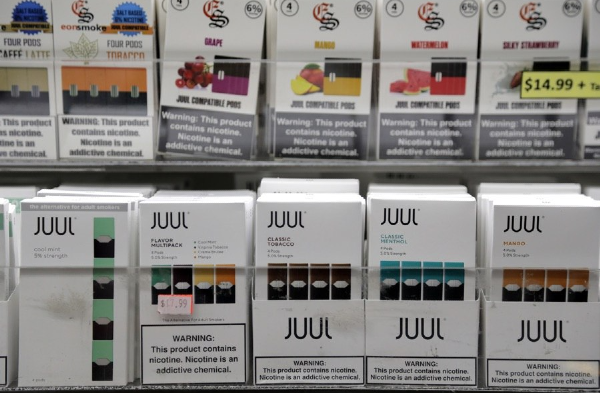
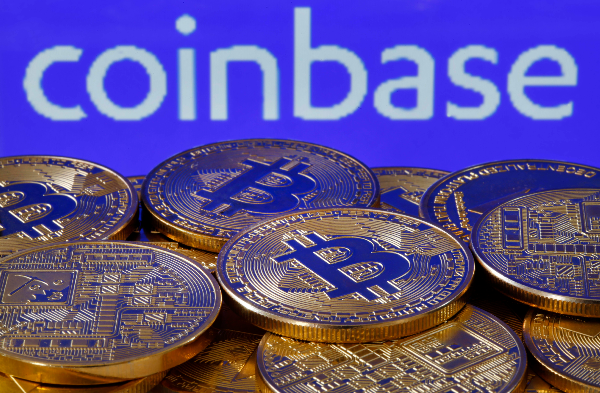


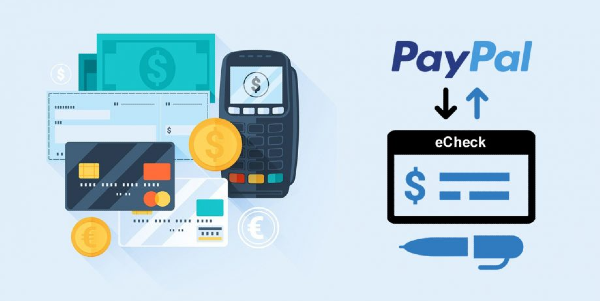











Meta Platforms Inc. (NASDAQ: META), formerly known as Facebook, is currently trading at $521.12 per share. While the stock is up 4.25% over the past year, it remains 30% below its all-time high of $736, seen in mid-February.
In this analysis, we will review Meta’s latest financial results and apply multiple valuation models, including:
These models will help determine whether Meta is undervalued, fairly priced, or trading at a premium.
Meta’s Financial Snapshot
Meta boasts a market capitalization of $1.3 trillion and a P/E ratio of 21.6, which is significantly below the S&P 500 average of 27, potentially signaling a buying opportunity.
Meta recently introduced a dividend, offering a yield of 0.39% ($24 per share). The company’s dividend payout of $4.5 billion constitutes 7% of net income and 8% of free cash flow, indicating a sustainable dividend policy.
Revenue and Profitability Growth
Meta has reported record-high financial results, further reinforcing its strong fundamentals:
Meta continues share buybacks, rewarding shareholders by reducing the number of outstanding shares.
Key Business Segments
Meta's revenue is primarily driven by digital advertising, supported by its family of apps (Facebook, Instagram, Messenger, WhatsApp) and Reality Labs, which focuses on VR and AR technologies.
Meta’s daily active users stand at 3.35 billion, reflecting a 5% increase, while ad impressions and pricing also saw steady growth.
Valuation Models & Price Targets
To determine Meta’s fair value, we applied multiple valuation models:
Discounted Free Cash Flow (DCF) Model
DCF valuations estimate Meta’s intrinsic worth based on future cash flow projections:
Dividend Discount Model (DDM)
While Meta just introduced its dividend, it has shown a 5% increase in payouts. This model will become more relevant in future years, once dividend growth stabilizes.
Ben Graham Formula for Intrinsic Value
Applying Graham’s conservative methodology:
Comparable Company Model
Meta was benchmarked against:
Across key valuation multiples, Meta ranks among the cheaper tech giants:
Meta appears undervalued relative to its competitors, reinforcing its attractiveness for long-term investors.
Final Verdict: Buy, Hold, or Sell?
Meta exhibits strong fundamentals, with record-breaking free cash flow, solid profitability, and steady revenue growth. Despite a 30% decline from its peak, valuation models suggest Meta may be undervalued relative to its intrinsic worth and competitors.
While volatility remains, Meta presents an appealing buying opportunity, particularly for investors looking for undervalued big-tech stocks.
Final Thoughts
Meta remains one of the strongest players in tech, backed by robust free cash flow and continued advertising revenue expansion. At $521 per share, it offers upside potential, particularly for investors comparing it to competitors.
https://youtu.be/pH2g98PPJrk?si=so0ytaKCVusz2Jid